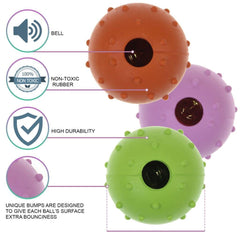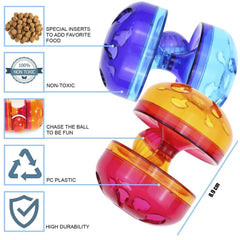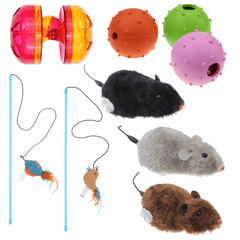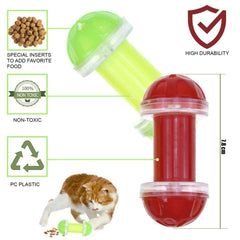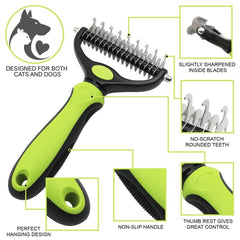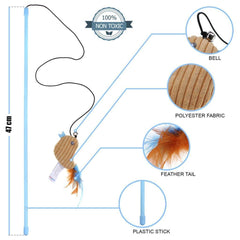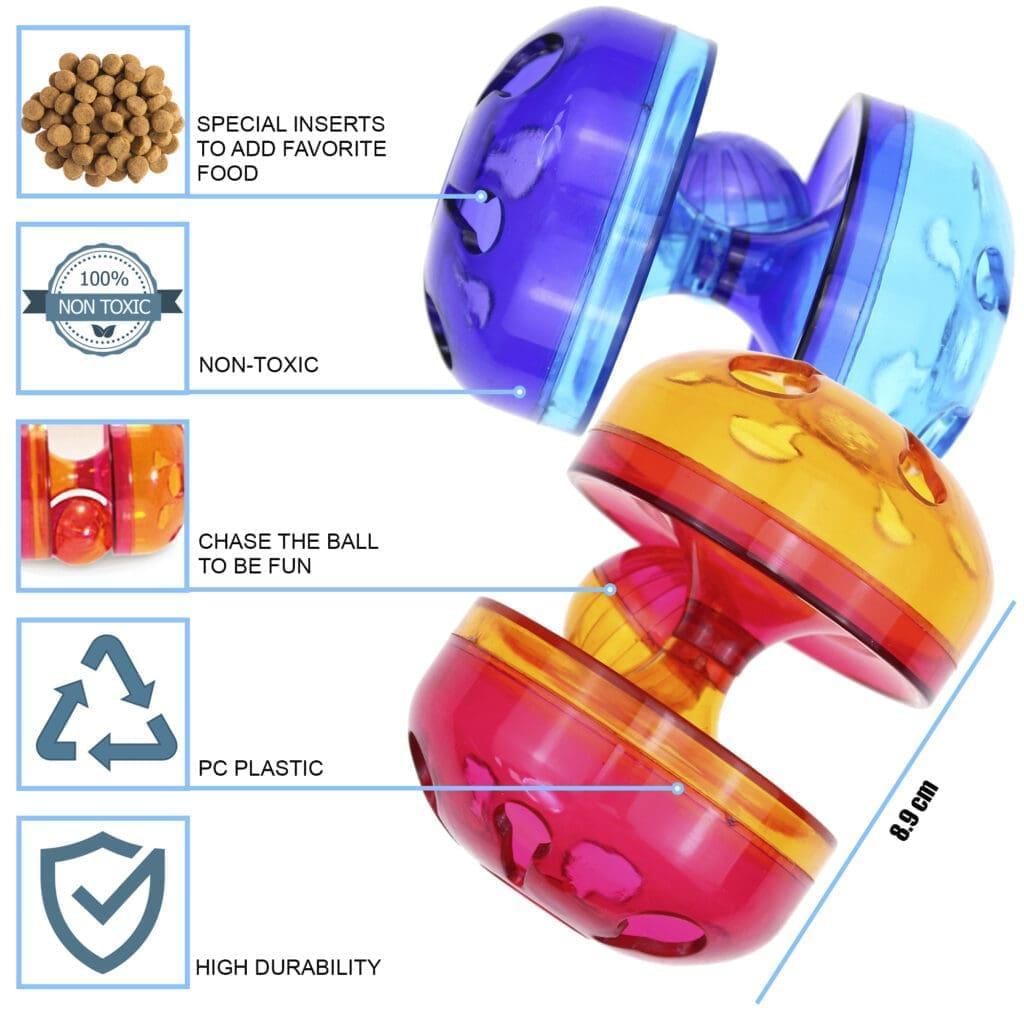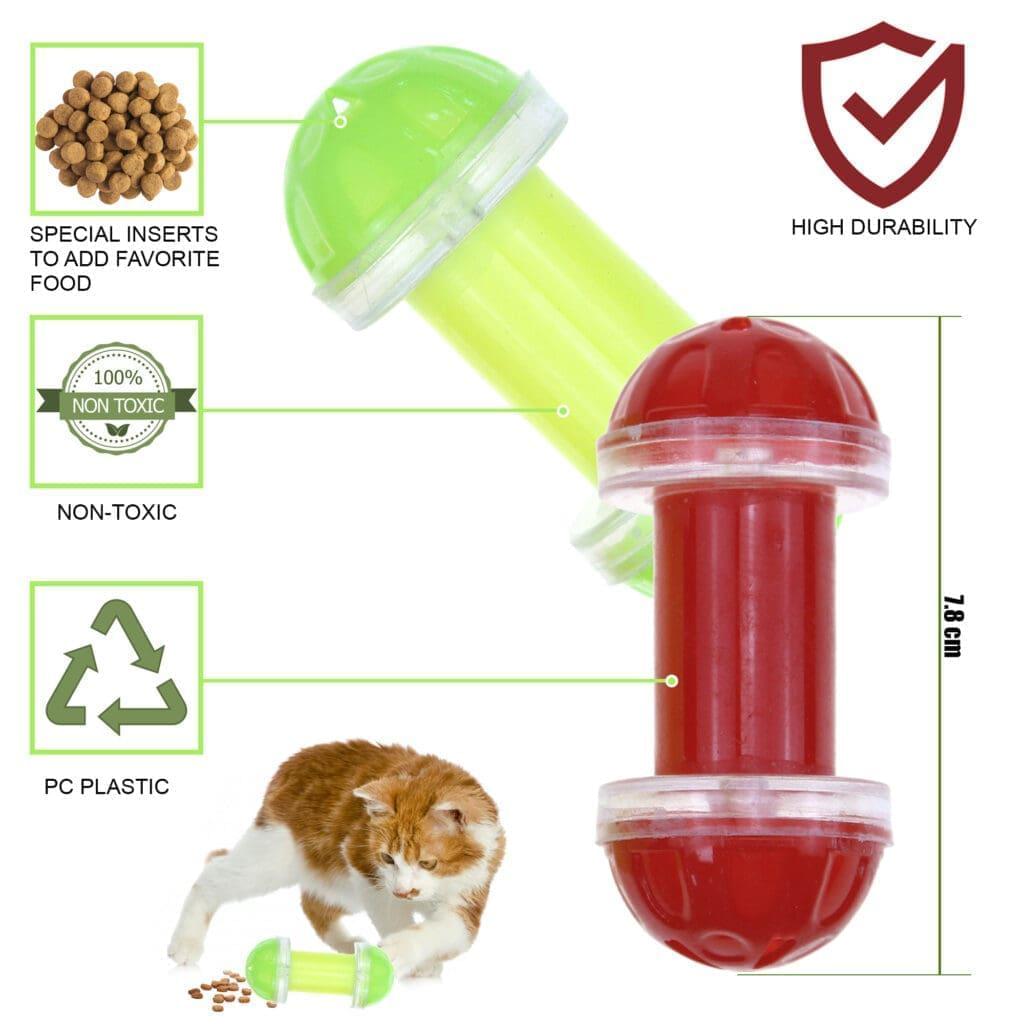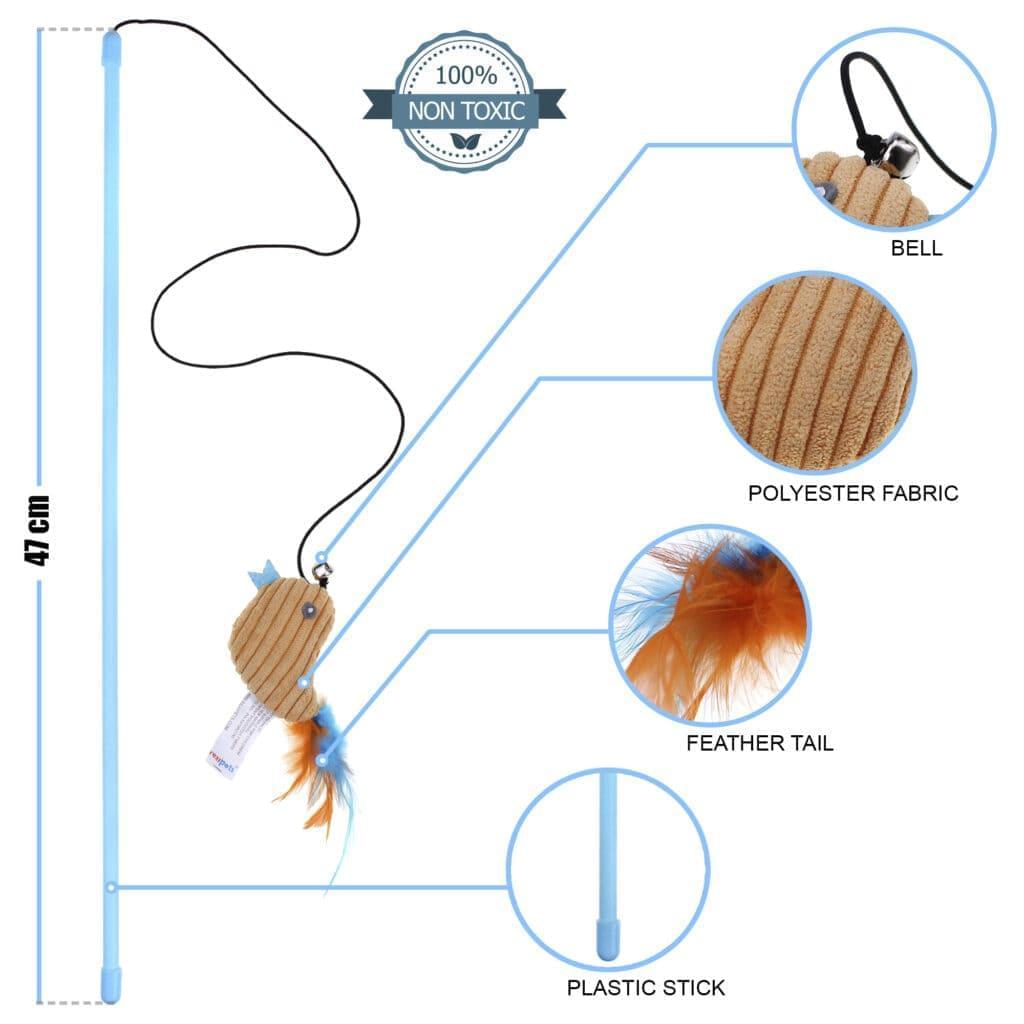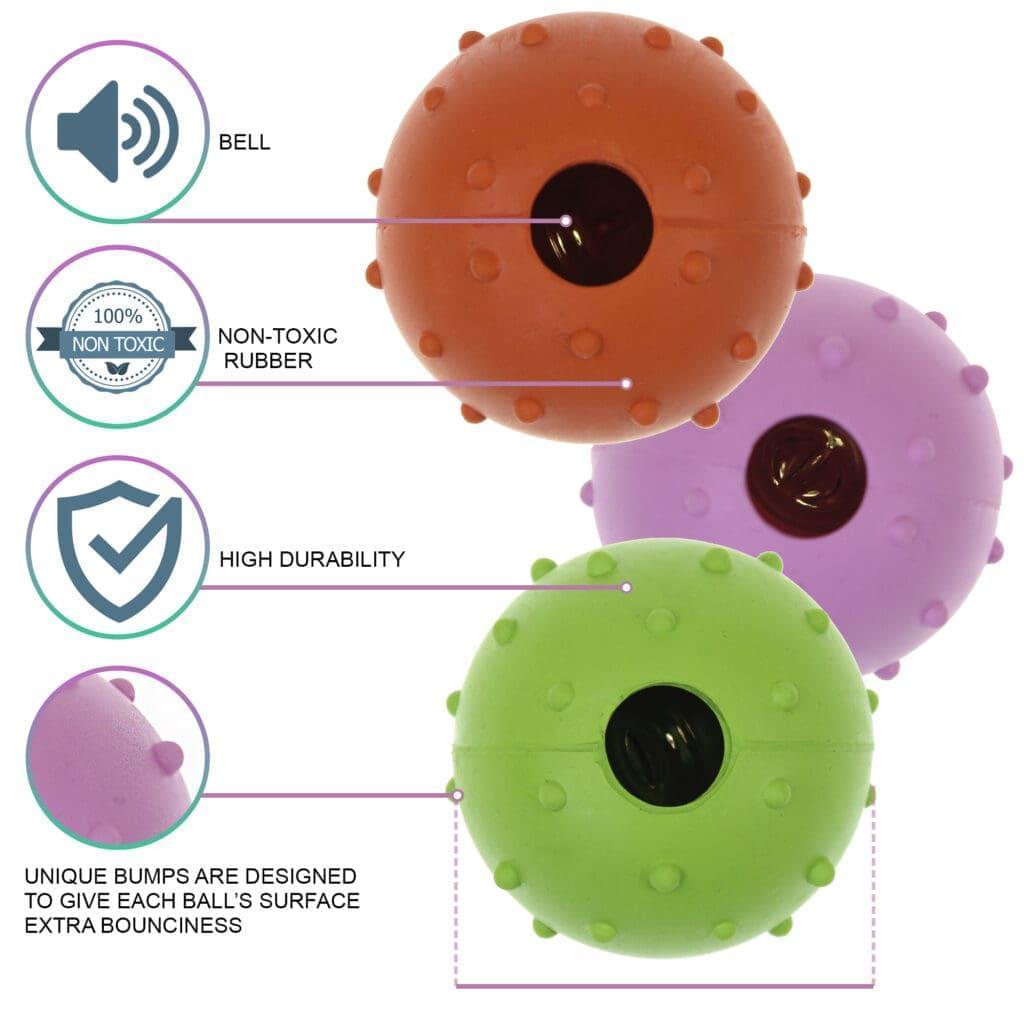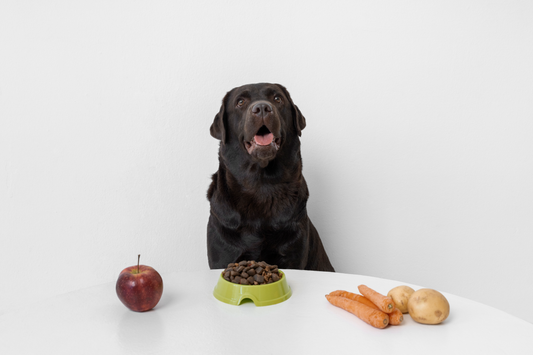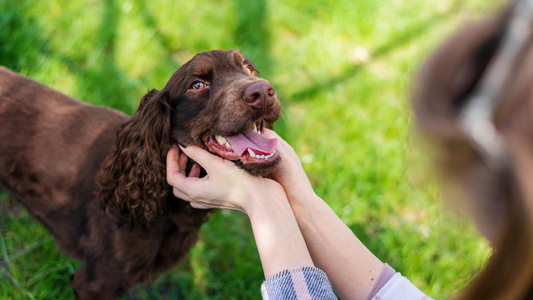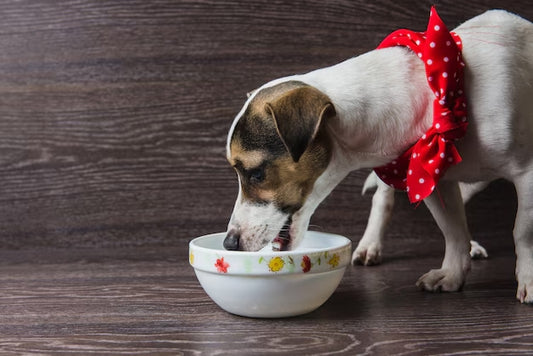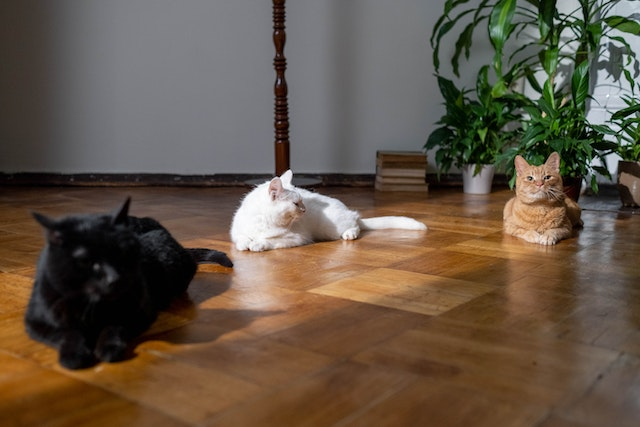
The new millennials' saying goes, pets are the new children, and plants are the new pets. Well, what if someone tells you your pets could cause issues for your children?
Many pet parents are curious if a spider plant - a popular indoor plant - can be poisonous for your cats.
So, sit back while we embark on an informative journey to determine whether a spider plant is poisonous and thus dangerous to cats. Meanwhile, take no risks and place your plants out of your cat's reach.
Spider Plants: A Threat To Cats - Myth Or Truth
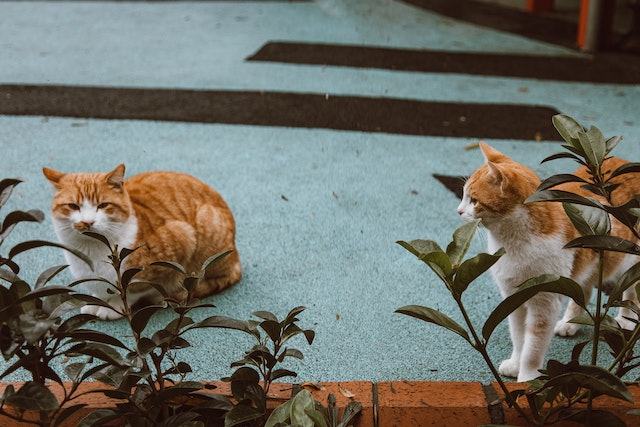
Cats are naturally curious creatures, often exploring their surroundings with keen interest. As responsible pet parents, you must be aware of any potential hazards within your homes, including the plants you choose to decorate with.
A spider plant, also known as spider ivy or ribbon plant, is one of those indoor plants you can't help but love because it's tough and, in short, hard to kill. Even if you're not the best at caring for plants, this one can handle it.
But if you've got a cat determined to wreak havoc, your poor spider plant might not stand a chance.
Spider plants have gained attention due to their popularity, and their alleged toxicity has raised concerns about the safety of cats who may come into contact with them.
This brings us to the question - are spider plants poisonous to cats?
According to both the ASPCA and the National Capital Poison Center, aka Poison Control, spider plants are non-toxic to both cats and dogs.
Let's set the record straight: spider plants are not toxic to cats. So, no need to panic there.
Why Do Cats Like Spider Plants?
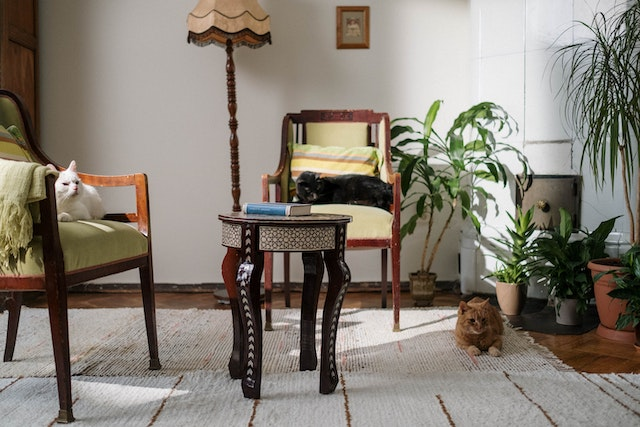
You don't have to worry about spider plants' toxic qualities because there are none. But here's the catch – these plants are like catnip to our feline friends. Seriously, they can't resist them.
Maybe it's the grassy texture of the leaves or the fact that they contain chemicals similar to opium.
Yeah, you read that right – opium! They're like a mild hallucinogen for cats.
Don't worry; your kitty cat won't be tripping out. But if they consume too much spider plant, they might have an upset tummy, vomiting, or even a case of the runs. Cats just can't help devouring these tempting plants.
The bottom line is that keeping your cat away from your spider plant is best. Find safer alternatives for them to munch on or play with. You don't want to risk them getting sick from overindulging in this behavior. It will also save your poor spider plant from becoming a chewed-up mess.
In the end, it's all about creating a happy and healthy environment for both your cat and your indoor greenery. So, be a responsible pet parent, watch out for those sneaky plant-munching tendencies, and everyone will live their best lives.
Making Spider Plants and Cats Coexist: Tips and Tricks
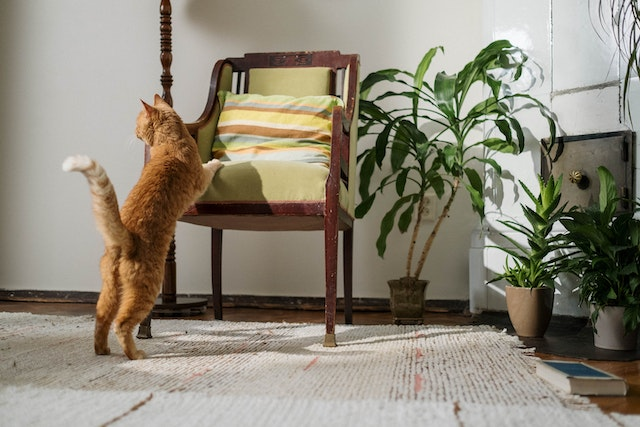
Now that we have provided you with a clear answer to your question - are spider plants poisonous to cats? - here are some tips that can help your spider plants and cats coexist:
1) Spicy Sprinkles and Citrus Spray
If your cat still can't resist the urge to investigate the spider plant, you can try to deter them. Sprinkle a little cayenne pepper on the leaves or around the soil. Cats usually hate the taste and smell of it. Another option is to spray diluted lime, lemon, or orange juice, or any citrus juice on the leaves.
Cats tend to dislike citrus scents, so it might keep them away. Just be sure that these remedies won't harm your plant.
2) Citrus Fruit Rinds as Natural Shields
Here's a cat-deterring hack that's as simple as it gets. Grab those leftover citrus fruit peels—orange, lemon, or whatever you have—and place them around the base of your spider plant.
As mentioned earlier, cats can't stand the smell of citrus, and the presence of these peels might make them think twice before going near the spider plant leaves. Plus, it's a natural and non-toxic solution.
3) Making It Inaccessible and Distracting
Don't worry; you don't have to say goodbye to your spider plant just yet!
To prevent your feline friend from getting to your spider plant and potentially causing mischief, it's a great idea to put the plant in an inaccessible location for your furry friend.
This could be a high shelf, a hanging basket, or any area your cat cannot reach. By doing so, you'll make a physical barrier that helps keep your plant safe.
Also, to ensure the safety of your spider plant, it's essential to create a stimulating and engaging environment for your cat. Set up a designated play area with cat toys, scratching posts, and interactive elements in your home. This gives your cat an outlet for their instincts and helps keep them entertained and mentally stimulated.
Another great idea is to grow cat grass in a separate planter. Cats often enjoy nibbling on grass. And providing them with their designated cat grass-only area can help redirect their attention away from your spider plant. Not only does it create a distraction, but it can also provide additional nutritional benefits for your cat.
Remember to regularly interact and play with your cat to keep them physically active and mentally engaged. A tired cat won't engage in destructive behaviors, such as bothering your plants.
4) Terrariums or Domed Birdcages
If your cat's curiosity is through the roof, and you are looking to provide an extra layer of protection for your spider plant, placing it inside a terrarium or a domed birdcage can be a great solution. These enclosed structures create a physical barrier that prevents your cat from directly accessing the plant.
A terrarium is a plastic or glass container that creates a controlled environment for plants.
By placing your spider plant inside a terrarium, you safeguard it from your cat's curious paws and create a visually appealing display.
Alternatively, a domed birdcage can be a protective enclosure for your spider plant. They provide a secure and enclosed space, ensuring your plant remains safe from any potential mischief.
Remember to choose a terrarium or birdcage that is large enough to accommodate your spider plant and provides adequate airflow and sunlight for its needs.
5) Clean Litter Box, Happy Cat
Keeping your furry friend's litter box clean and fresh is crucial. When it's well maintained, it becomes a much more appealing option for your cat to do their business. A clean litter box reduces the temptation for them to dig in the soil of your potted plants, sparing your spider plant from any unwanted disturbances.
By following these tips and tailoring them to your cat's personality, you can create a space where other plants, your spider plant, and a furry friend can coexist happily.
It's all about finding a balance that keeps your greenery and cat safe. Make sure you don't let your cat go near a toxic plant.
Options For Pet Safe Plants
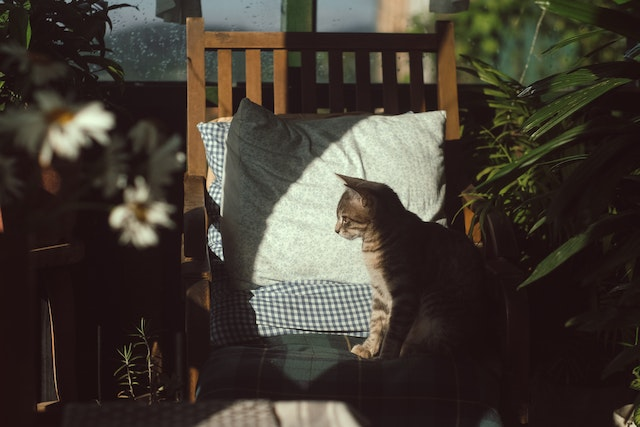
If you're a cat owner and want to fill your home with greenery without worrying about the safety of your furry friend, you're in luck! Cats and plants can peacefully coexist with plenty of plants other than the spider plant.
Here's a list of safe and nontoxic options for your feline friend other than spider plants.
True Palms
Varieties like Ponytail, Parlor, and Areca palms are safe for cats as long as they're kept indoors and don't have names like Sago or Cycad, which are plants toxic to cats.
African Violets
These delicate plants come in vibrant colors and aren't considered toxic. Just be sure to choose larger, heavier pots to avoid any soil-related messes caused by curious kitties.
Some Succulents
While some succulents like kalanchoe and aloe vera are toxic, nontoxic varieties like haworthia and burro's tail are safe garden options.
Swedish Ivy
Check the type of ivy before bringing it home. English ivy and devil's ivy (pothos) are toxic, but Swedish ivy is nontoxic and easy to care for.
Bamboo
Not only do pandas love bamboo, but it's also safe for cats. Just keep it out of their reach to prevent excessive consumption.
Boston Fern
True ferns, including the Boston fern, are safe for cats. Just watch out for the "Fern palm," which is toxic.
Cast-Iron Plant
Perfect for forgetful gardeners, this plant can survive neglect and is safe for cats. It thrives in shade and can be grown indoors or outdoors.
Bromeliads
These tropical plants add a splash of color to your space and are considered safe for cats.
Christmas Cactus
If you want a festive holiday plant that won't harm your cat, opt for a Christmas cactus instead of poinsettias.
Money tree
This indoor houseplant is nontoxic to cats and dogs and has a cool braided trunk, adding a tropical vibe to your home.
Some Fruits, Vegetables, and Herbs
Blueberries, strawberries, corn, cucumbers, and herbs like cilantro, rosemary, sage, and thyme are safe for cats to be around - just ensure they're pesticide-free.
So, create a lush, pet-friendly space with these cat-approved plants. Your furry friend can enjoy the beauty of nature without any worries.
Final Words!

The debate surrounding the question of whether spider plants are poisonous to cats has caused quite a stir among pet owners. But after diving into the topic, we can put our worries about eating spider plants to rest. So next time you hear someone talk about spider plant toxicity, just know it's not true.
The truth is, your cat poses more danger to your spider plant than vice versa. So, don't say goodbye to your beloved green buddy just yet!
By taking a few precautions, such as hanging your spider plant out of your cat's reach or using natural deterrents like cayenne pepper or citrus sprays, you can ensure peaceful coexistence between your cat and your plant.
Try placing citrus fruit rinds around the base of the plant for an extra line of defense. Cats can't resist the power of citrus!
Keeping your cat entertained with cat ball toys, scratching posts, and a designated play area will distract them from exploring your spider plant. And don't forget that cat grass – it's like a cat magnet! Growing some in a separate planter will provide your feline friend with a tasty distraction.
If you're still concerned, you can go the extra mile by placing your spider plant in a terrarium or a domed birdcage. It adds an extra layer of protection, thus ensuring your plant remains safe and sound.
And let's not forget about the litter box. Keeping it fresh will discourage your cat from using the plant's soil as its restroom. A little maintenance goes a long way!
So, dear cat owners, rest assured that you can enjoy the beauty of spider plants without worrying about your furry friend's safety. With knowledge and a few preventive measures, you can have a home filled with greenery and a happy, healthy cat.
Remember, myths and worries can sometimes overshadow the truth. By arming ourselves with the right information and implementing these easy strategies, we can create a harmonious environment where our cats and spider plants can thrive. So go ahead, embrace your green thumb, keep your cat entertained, and enjoy the beauty of nature indoors!
Frequently Asked Questions (FAQs)
Why Do Cats Eat Plants?
Cats eating plants is a natural behavior driven by curiosity, occasional nutritional needs, and playfulness. While cats are carnivores, they may nibble on plants that provide beneficial nutrients.
Chewing on plants also offers mental stimulation and entertainment for cats. In some cases, plants can help cats with an upset stomach or hairballs by inducing vomiting. However, compulsive plant eating may indicate underlying issues that should be addressed by a veterinarian.
Providing cat-friendly alternatives, maintaining a balanced diet, and offering engaging toys and activities are essential to prevent excessive plant consumption. Understanding why cats eat plants helps us create a suitable environment that meets their instincts and keeps them safe.
Are there any common houseplants that are toxic to cats?
Several dangerous plants can be toxic to cats, making it essential for cat owners to be aware of these potential dangers.
Examples of toxic houseplants include lilies (Easter lilies and Tiger lilies), Sago Palm, Dieffenbachia, Pothos, and Philodendron. Ingesting these, even nontoxic plants, can lead to severe health issues in cats, ranging from kidney damage to liver failure.
To ensure the safety of feline companions, it is crucial to research any new houseplants before bringing them into a cat-friendly environment. And keep toxic plants out of the reach of curious cats.
If you feel your cat has ingested a common household plant that is toxic, seeking immediate veterinary care is necessary. Prompt action and awareness of toxic houseplants can help protect cats from potential harm and ensure a safe living environment.
